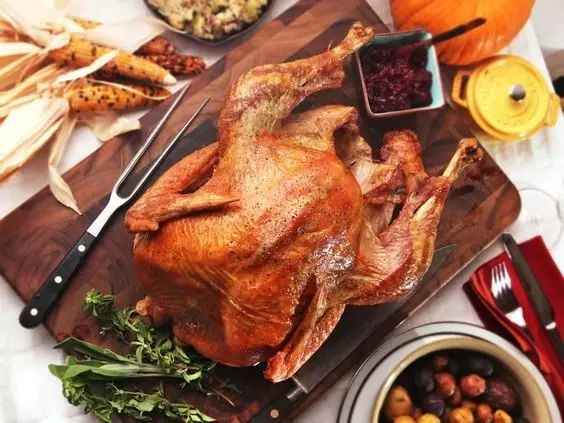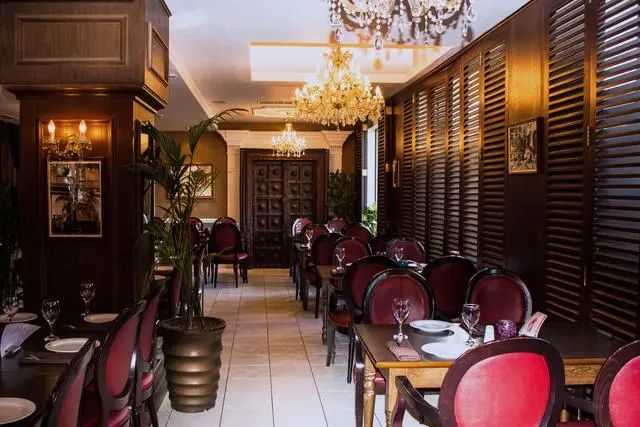
Roast turkey, an iconic staple of Western holiday feasts, has a history dating back to 1620. Legend has it that when European settlers arrived on the North American continent, they celebrated their first harvest with local Native Americans in Plymouth Colony, where turkey was a key part of the feast. This tradition gradually evolved into a central dish of modern Thanksgiving and Christmas celebrations
Roast turkey, an iconic staple of Western holiday feasts, has a history dating back to 1620. Legend has it that when European settlers arrived on the North American continent, they celebrated their first harvest with local Native Americans in Plymouth Colony, where turkey was a key part of the feast. This tradition gradually evolved into a central dish of modern Thanksgiving and Christmas celebrations.
The star of this culinary tradition, the turkey, is native to North America. Its large size, tender meat, and suitability for feeding a crowd make it the perfect centerpiece for festive gatherings. Traditional roasting methods vary: in earlier times, charcoal was commonly used, infusing the turkey with a unique smoky flavor from burning wood. With the passage of time, electric ovens have become the mainstream choice for modern families due to their temperature control and ease of use, preserving the turkey's natural taste while simplifying the cooking process.
Preparing roast turkey is often a family affair, symbolizing collaboration and anticipation of togetherness. Steps include marinating the turkey in advance, stuffing it with a mixture of breadcrumbs and spices, and carefully controlling the roasting time to ensure a crispy golden skin and juicy meat. Today, while cooking tools continue to evolve, many families still adhere to time-honored recipes or add creative twists, such as incorporating citrus or herbs to enhance flavor. Yet, the core role of roast turkey as a holiday symbol remains unchanged.
Whether at intimate family dinners or lively festive parties, roast turkey, with its plump appearance and rich aroma, brings loved ones together. It stands as a cultural symbol of gratitude and celebration, retaining an irreplaceable position in Western holiday traditions for centuries.





